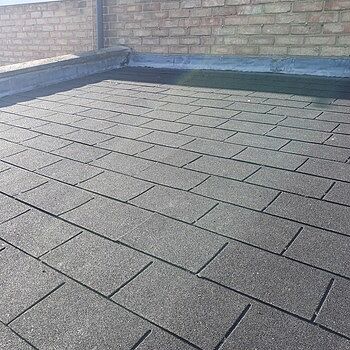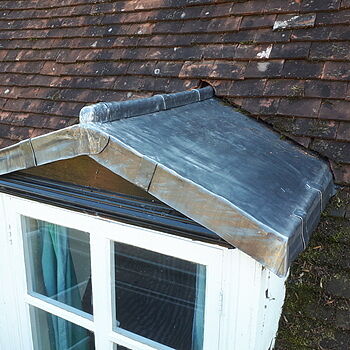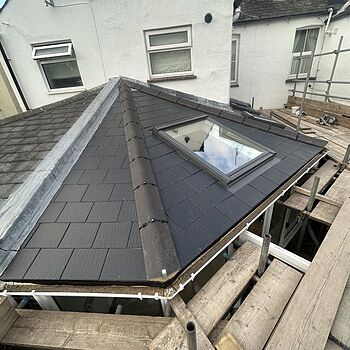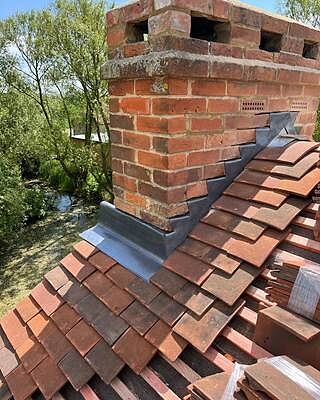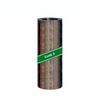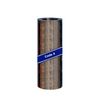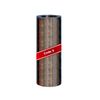Most lead applications fail when the roofing lead codes used are the incorrect size, often when they’re applied in sheets that are too big for their purpose. To minimise this, all rolled lead is manufactured to meet BS EN 12588, with different lead codes (thicknesses) having different applications and weights. Another factor in meeting the standard is that the thickness of roofing lead may only have +/- 5% variance across its entire length.
Lead codes are important to get right for their longevity, their looks and for the rest of the building. Even though Code 4 lead is the most popular choice, that doesn’t necessarily mean it’s right for your project.
For example, if your soakers are made out of Code 8 lead this could compromise the structure of the building, as the lead is far too heavy and thick for that purpose.
Table of contents:
- What are the thicknesses of each roofing lead?
- Where else can I find information about roofing lead codes?
- Where and how can I buy lead?
What are the thicknesses of each roofing lead code?
Below are the applications, weight per m2 and the thickness of each of the lead codes. If you need any assistance in identifying which lead codes you need for your project, contact our customer service team who are able to help.
| Lead Code | Thickness | Weight (kg/m2) | Uses |
| Code 3 | 1.32mm | 14.97 | Soakers |
| Code 4 | 1.80mm | 20.41 | Soakers, flashings, and vertical cladding |
| Code 5 | 2.24mm | 25.40 | Flashings, flat roofing, parapet and tapered valley gutters, pitched roofs, vertical cladding, dormers, and bay roofs and canopies |
| Code 6 | 2.65mm | 30.10 | Flashings, flat roofing, parapet and tapered valley gutters, pitched roofs, vertical cladding, dormers, and bay roofs and canopies |
| Code 7 | 3.15mm | 35.72 | Flat roofing, parapet and tapered valley gutters, pitched roofing, dormers, and bay roofs and canopies |
| Code 8 | 3.55mm | 40.26 | Flat roofing, parapet and tapered valley gutters, dormers, and bay roofs and canopies |
Where else can I find information about roofing lead codes?
Calder is known for their Guide to Good Leadwork which has aided roofers and lead workers for years. The contents of this book will help you ascertain which lead codes you need and how to implement them correctly in each application. The contents include the correct use of lead codes and lead sheet flashings, gutter linings, good use of patination oil, and more. With diagrams, tables and interesting information about the history of lead and lead codes, Calder’s Guide to Good Leadwork is worth a read!
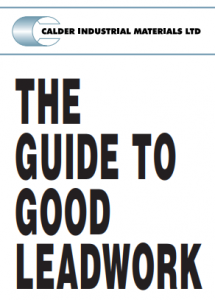
Where and how can I buy lead?
Lead can be purchased from most good roofing and builders’ merchants, including from us at Roofing Superstore. Once you’ve used our above guide to work out which lead codes you need for your project, and you’ve read Calder’s Guide to Good Leadwork, you can click here to view all of our lead flashings. We supply Code 3 to Code 8 lead in 3m or 6m rolls and we update our prices regularly so you get the lowest possible price. To make your leadwork even easier you could use our cut-to-size lead tool. Simply select your lead code, your dimensions and how many rolls you need. This will be cut for you out of recycled lead compliant with BSEN 12588 and delivered to your site.













